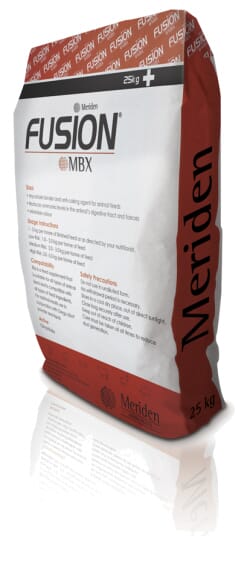Plant-based ingredients are increasingly used in fish diets due to increase economic/market pressures on feed compounders to produce lower cost and sustainable alternatives. The increased reliance on commercially prepared feed formulated with higher levels of grain material means that fish have the same risk of potential exposure to mycotoxins as terrestrial agricultural species. In many commercial fish diets, less than five per cent of feed materials are from animal origin.
Aflatoxins exert a substantial impact on the fish and shrimp farming production, causing disease with high mortality and a gradual decline of reared fish stock quality, thus representing a significant problem in aquaculture systems.
Certain species are known to be more susceptible to mycotoxicoses than others, rainbow trout being notably sensitive to the carcinogenic effects of aflatoxin, for example. Although several hundred mycotoxins are known, the mycotoxins of most concern to the aquaculture industry based on their toxicity and occurrence are aflatoxin and ochratoxin A.
The complexity of the task has made it impossible to determine a safe level for mycotoxins in feeds. Adverse effects depend not only on the dietary concentration, but also on the length of exposure, the fish species, the age of the fish, their nutritional status and health status.
Symptoms of aflatoxicosis in fish include:
- poor growth and feed efficiency
- cancerous tumours
- reduced feed consumption
- pale gills
- kidney abnormalities
- gastric gland damage
- anaemia (low red blood cell counts)
- impaired blood clotting
- damage to liver
- Immune suppression, making fish more susceptible to bacterial, viral or parasitic opportunist infection.
- high or spiking mortality
- high leukocyte counts

An increasing number of research papers are showing that synergism exists between a number of mycotoxins. A mycotoxin may be present at a safe level and if an other mycotoxin is present also at a safe level then the two together due to this synergistic effect can become harmful. Various investigations have shown that fish feed is as much at risk of multiple mycotoxin contamination as other types of animal feed.
FUSIONDYAD is a product designed to minimise the negative effects of feed borne mycotoxins. In addition to effectively minimising the risk of mycotoxins, it also has excellent ammonia binding properties and can be used as an anti-caking agent.

FUSIONDYAD contains a specific mineral binder which binds certain mycotoxins including aflatoxin, ergot alkaloids, zearalenone, fumonisms and ochratoxin A.
FUSIONDYAD composition includes a Mannon Oligosaccharide, extracted from the cell walls of Saccharomyces cerevisiae, which absorbs particular mycotoxins and can also binds certain pathogenic bacteria.
FUSION MBX is a clinoptilolite, a specific natural zeolite which has a very high cation exchange capacity. It is very effective in binding certain mycotoxins including aflatoxin, fumonisms, ochratoxin A and ergot alkaloids. and can also effectively bind ammonia.

